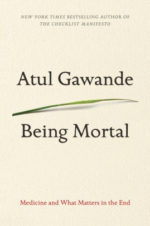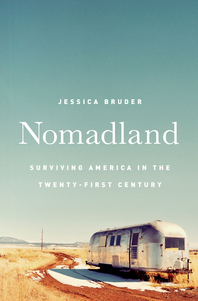Higher Education Faces an “Avalanche”
Posted on | April 24, 2013 | Comments Off on Higher Education Faces an “Avalanche”
A new report by Sir Michael Barber and his colleagues at Pearson, Katelyn Donnelly and Saad Rizvi, should be on the reading list of everyone thinking about the future of higher education.
An Avalanche is Coming describes—somewhat breathlessly—the forces that are about to reshape colleges and universities worldwide. Globalization and technology are game changers, they argue. Barber, Donnelly, and Rivzi channel both Tom Friedman’s flat world and Clayton Christensen’s ideas about disruptive innovation.
But to a greater extent, they are channeling their own experience. Few people on the planet have the experience and access to the highest levels of power and discussion about education policy as these three. They have strapped themselves into a lot of airplane seats.
Barber has practiced education policy at the highest levels for three decades. His Education in the Capital became a keystone for the Blair government in the United Kingdom, in which he served. Then he headed the global education practice unit at the consulting firm McKinsey before moving to Pearson, where he heads their worldwide program of research into educational policy. Most recently, he has taken on one of the toughest jobs in the world, designing an education system in Pakistan.
Donnelly leads the Affordable Learning Fund that invests in early-stage companies that are developing low cost solutions for the developing world. Rizvi leads Pearson’s efforts at efficient delivery of educational outcomes. Thus, what’s notable about Avalanche, is the worldview of the authors and their position as both thought leaders and movers and shakers in education.
So, what does this transformative snow slide look like? Mostly, it looks like a fortress with the walls breached and the marauders, well, marauding. Territory that colleges and universities claimed as their own, sometimes in ringing Biblical city-on-a-hill language is becoming contested as:
- Universities and colleges compete with one another across state and national borders.
- Traditional higher education institutions compete with corporations, think tanks, and employers to offer both basic occupational training and high-level specialties.
- Non-degree learning becomes valued equally with degrees offered by traditional institutions of higher education.
It is not just easy information access that is new, although I still marvel at my ability to “go to the library” at 2 am or have more computing power in my phone than did the university computer into which I fed punched cards a half-century ago. Just as Barber, Donnelly, and Rizvi look at the Internet and declare content to be ubiquitous, so did John Dewey in School and Society more than a century ago when he wrote:
A high‐priesthood of learning, which guarded the treasury of truth and which doled it out to the masses under severe restrictions, was the inevitable expression of these (historic) conditions. But as a direct result of the industrial revolution of which we have been speaking, this has been changed. Printing was invented; it was made commercial. Books, magazines, papers were multiplied and cheapened. As a result of the locomotive and telegraph, frequent, rapid and cheap intercommunications by mails and electricity was called into being. Travel has been rendered easy; freedom of movement, with its accompanying exchange of ideas, indefinitely facilitated. The result has been an intellectual revolution (1900, p. 23).
That earlier democratization of knowledge ushered in the largest expansion of universities and colleges in history. But it also profoundly reshaped both their utilitarian and social missions. Universities became gatekeepers for occupations, the pathway to social and occupational status, and the engine that drove economies.
To me, the power of the coming avalanche lies in the unbundling of the university’s historic functions of teaching, research, and societal service. This model of university, what the University of California president Clark Kerr was to call a multiversity, is possible because of enormous cross-subsidization. Tuition supports much more than direct instruction. Undergraduate teaching supports graduate students doing research. Research grants support students and faculty supplying resources for teaching. Research also draws star faculty, enhances reputation, and draws more research funds, which are highly concentrated in elite institutions. The presence of colleges and universities changes communities, including the desirability of neighborhoods and the price of real estate.
And in many ways, universities become basic industries, driving the economies of regions, states, and, sometimes, whole nations. Barber, Donnelly, and Rizvi cite Stanford at the grain of sand that started Silicon Valley, but there are scores of other examples including the decidedly non-elite community colleges that have had a profound effect on their surrounding communities.
Unbundling the three historic functions, puts the institution at risk, and that is the point of Avalanche.
It’s a good read, and it lifts the veil a bit about the future of higher education from three people who are busy bringing it about.
Tags: Avalanche > Clayton Christensen > Higher Education > Michael Barber > Pearson > Tom Friedman




